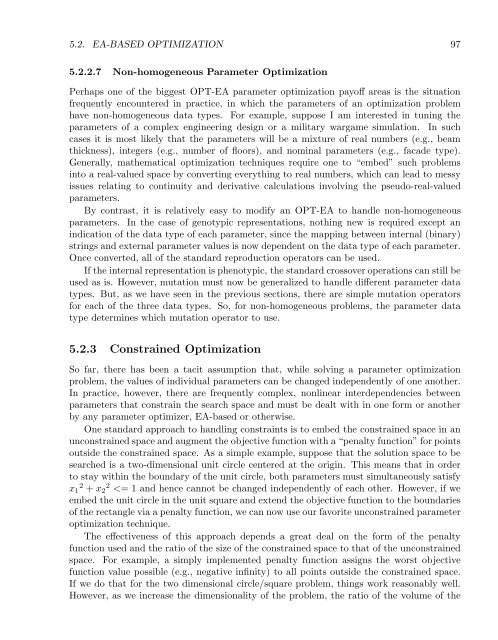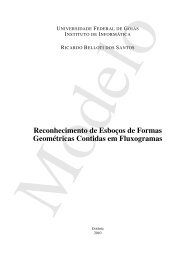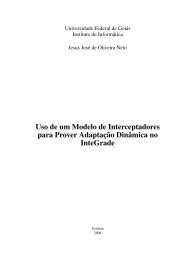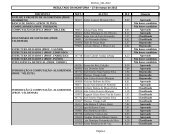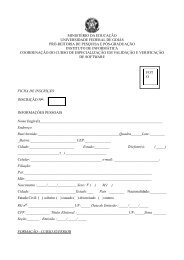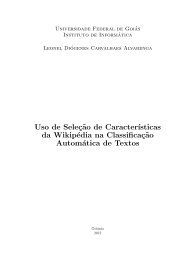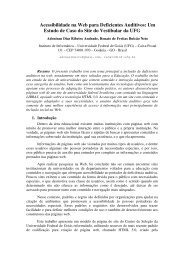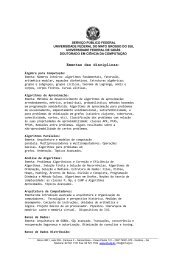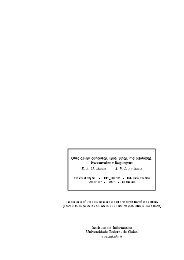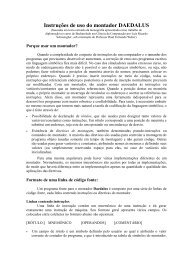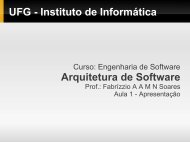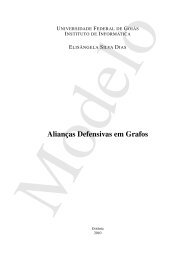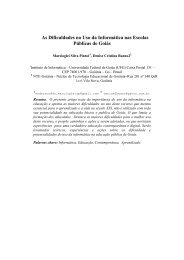Evolutionary Computation : A Unified Approach
Evolutionary Computation : A Unified Approach
Evolutionary Computation : A Unified Approach
Create successful ePaper yourself
Turn your PDF publications into a flip-book with our unique Google optimized e-Paper software.
5.2. EA-BASED OPTIMIZATION 97<br />
5.2.2.7 Non-homogeneous Parameter Optimization<br />
Perhaps one of the biggest OPT-EA parameter optimization payoff areas is the situation<br />
frequently encountered in practice, in which the parameters of an optimization problem<br />
have non-homogeneous data types. For example, suppose I am interested in tuning the<br />
parameters of a complex engineering design or a military wargame simulation. In such<br />
cases it is most likely that the parameters will be a mixture of real numbers (e.g., beam<br />
thickness), integers (e.g., number of floors), and nominal parameters (e.g., facade type).<br />
Generally, mathematical optimization techniques require one to “embed” such problems<br />
into a real-valued space by converting everything to real numbers, which can lead to messy<br />
issues relating to continuity and derivative calculations involving the pseudo-real-valued<br />
parameters.<br />
By contrast, it is relatively easy to modify an OPT-EA to handle non-homogeneous<br />
parameters. In the case of genotypic representations, nothing new is required except an<br />
indication of the data type of each parameter, since the mapping between internal (binary)<br />
strings and external parameter values is now dependent on the data type of each parameter.<br />
Once converted, all of the standard reproduction operators can be used.<br />
If the internal representation is phenotypic, the standard crossover operations can still be<br />
used as is. However, mutation must now be generalized to handle different parameter data<br />
types. But, as we have seen in the previous sections, there are simple mutation operators<br />
for each of the three data types. So, for non-homogeneous problems, the parameter data<br />
type determines which mutation operator to use.<br />
5.2.3 Constrained Optimization<br />
So far, there has been a tacit assumption that, while solving a parameter optimization<br />
problem, the values of individual parameters can be changed independently of one another.<br />
In practice, however, there are frequently complex, nonlinear interdependencies between<br />
parameters that constrain the search space and must be dealt with in one form or another<br />
by any parameter optimizer, EA-based or otherwise.<br />
One standard approach to handling constraints is to embed the constrained space in an<br />
unconstrained space and augment the objective function with a “penalty function” for points<br />
outside the constrained space. As a simple example, suppose that the solution space to be<br />
searched is a two-dimensional unit circle centered at the origin. This means that in order<br />
to stay within the boundary of the unit circle, both parameters must simultaneously satisfy<br />
x 2 1 + x 2 2


